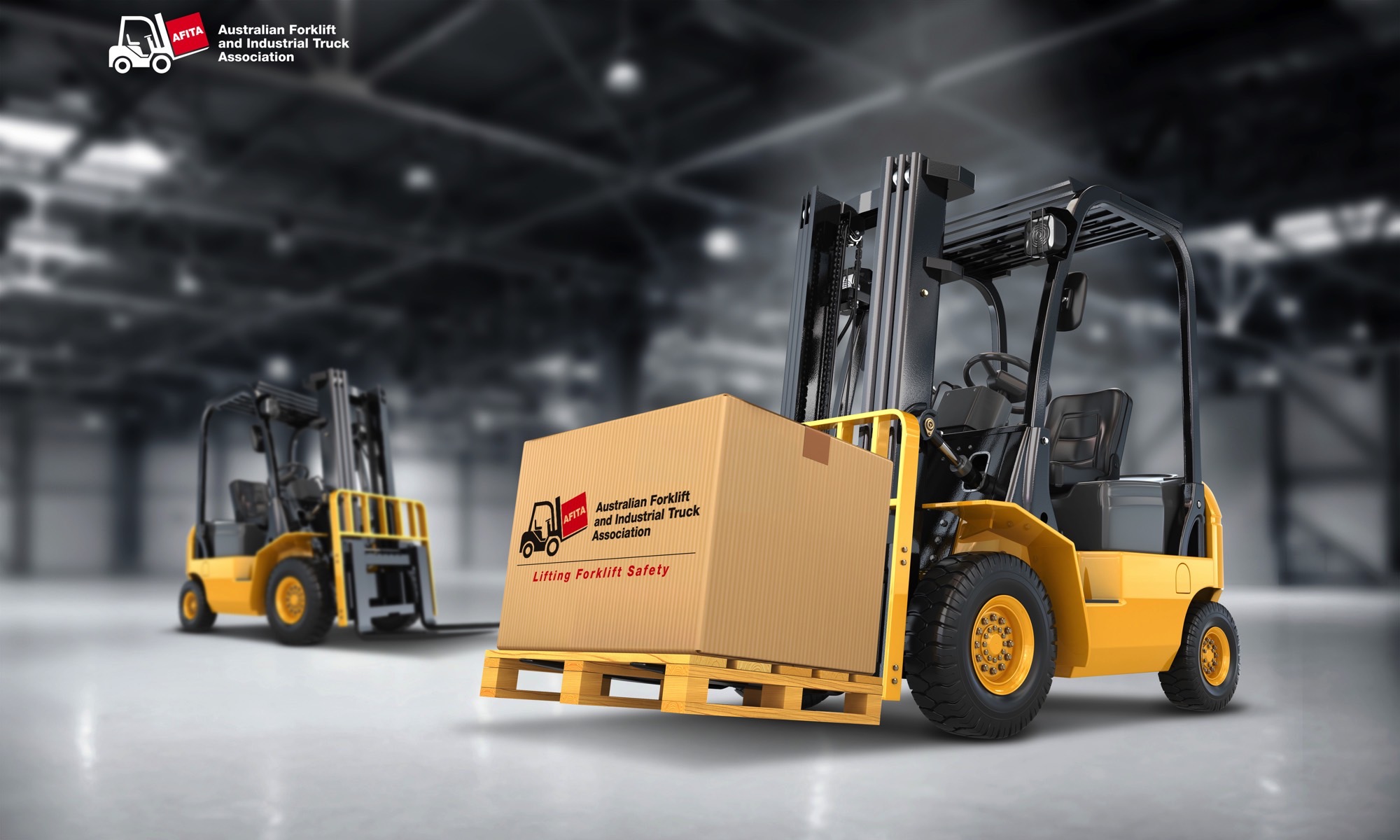Q: Is the recommended weight range on a suspension seat a mandatory operator weight range or a recommendation that enables the seat to optimally absorb shocks. We have a large fleet of counterbalanced forklifts and the standard seat weight range seems to be between 40-120 kgs.
We operate mainly on flat surfaces and there aren’t too many operators that weigh in under the maximum listed weight.
A: Typically the weight setting on a suspension seat is to provide optimal performance based on the operators weight.
Under the existing standard AS2359.1-2019 the truck must be equipped with a seat switch and a seatbelt switch which are sequentially interlocked.
If the seat switch does not detect the operator weight during operation the truck will respond by limiting the travel function. This response will vary depending on manufacturer and truck type (i.e. Battery-Electric or IC engine).
Correct setting of the suspension seat to the operators weight is important to prevent false activation of the seat switch when travelling over transitions/speed bumps or pot holes/surface damage. A light operator using a truck with the seat setting for a heavy operator may experience a false activation that limits the travel function. This is not a concern with a heavier operator where the seat is adjusted for a lighter operator. However, the benefits of a suspension seat will be negated if the seat is not adjusted correctly and the seat bottoms out.
Suspension seats with increased weight ranges are readily available in the market place.
If the user plans to replace the suspension seat it is important to confirm with the lift truck manufacturer that proposed replacement will not affect the Overhead Guard (OHG) clearance. If the replacement has an increased suspension range the nominal OHG clearance based on the Seat Index Point (SIP) may change, which will require the manufacturer to confirm the OHG clearance is still compliant to AS2359.
In addition the forklift manufacturer should confirm that the engine/battery cover is capable of supporting the additional weight rating for the replacement seat (e.g. 170kg which is typical of Grammar seats)

